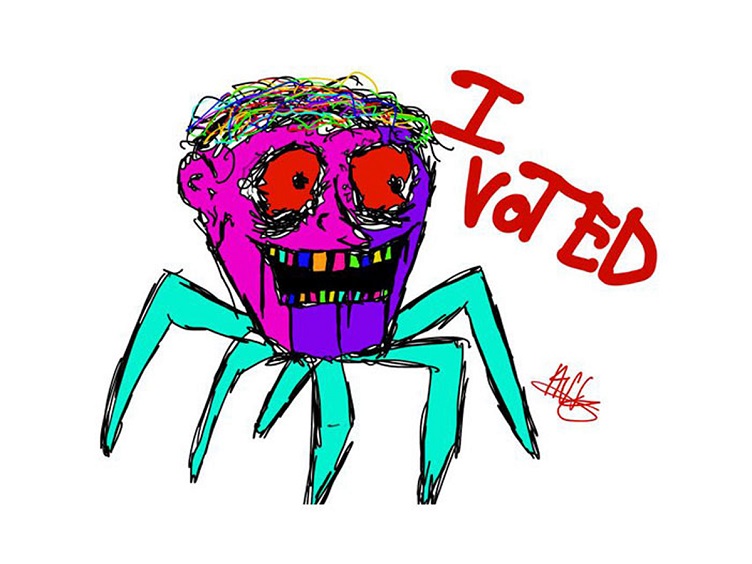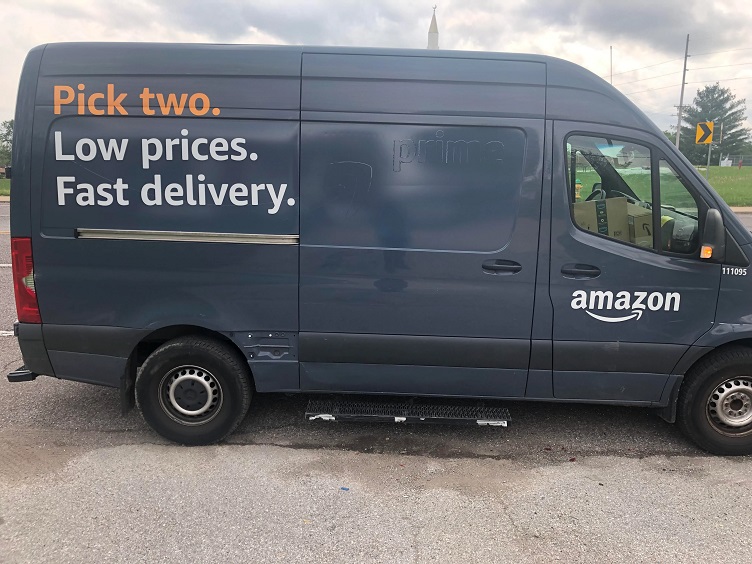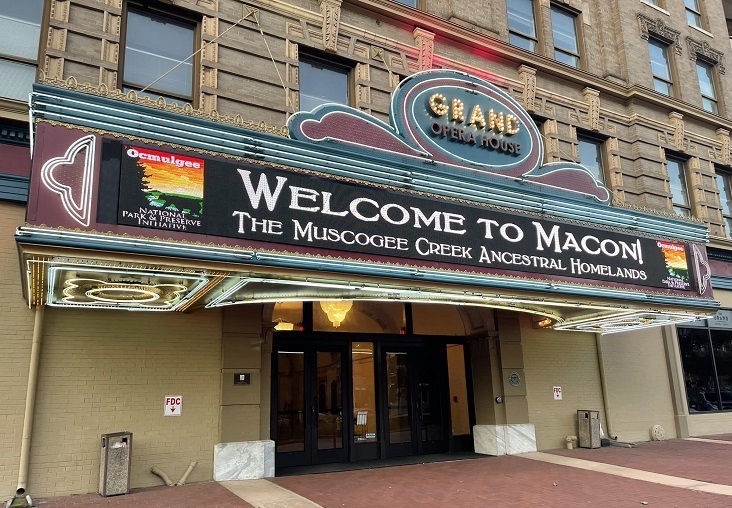While I try to write posts about the arts in general, the fact is the content of my posts tends to orient toward performing arts rather visual arts. That said, there are a lot of parallel experiences that crop up across all disciplines. I caught a Hyperallergic post today by Paddy Johnson who was offering advice to visual artists about career viability if you don’t make art for art fairs and the value of insider/outsider feedback.
The first artist was concerned that by not participating/being invited to some of the big art fairs currently occurring, the opportunity for media coverage and recognition necessary to advance careers was being lost. I saw parallels with performing artists who don’t focus on musical theater/Broadway type content or popular trends in music in their practice and felt marginalized.
Johnson points out the oft stated sentiments about niche genres not representing the whole art world and bemoans the fact that such a narrow focus will end up stifling creativity:
The trouble, of course, is that fair art is only one form of art making, and within that environment, it’s pretty easy to forget that other types of art exist. If the main opportunities for visibility center on blockbuster events and sales, outrage, and influencer fodder, then yeah, the people forging unique paths will be perceived to have less value and fewer avenues for visibility.
And that has real consequences for art because it means less diversity, less experimentation, and ultimately a culture where innovation can’t flourish.
However, she also reminds us even outside the arts, performing at the highest level of excellence is not financially rewarded. While some have day jobs to support their creative lives, for some day jobs can preclude being able to attain the highest levels.
In professional distance running, even successful athletes often don’t earn enough from their work to make a living, and taking a job to pay the bills is discouraged. Most runners do not make enough money to cover health insurance and maintain a full-time job, despite running up to 130 miles a week. Most have little to no name recognition despite working at a level almost no other humans can match.
Sounds familiar, doesn’t it? The exploitation of labor looks roughly the same in the arts, where most professional artists don’t make enough money to pay their bills and work in relative obscurity despite enormous talent and visibility within their field.
Johnson answers a second question in this post. I was almost going to omit it but I feel like it raises a common issues that doesn’t get a enough discussion in every creative discipline — whose opinion about the quality of your work should be trusted?
People without a lot of experience interacting with your discipline provide effusive feedback, but the artist doesn’t value it highly viewing the commenters are too inexperienced to provide insight. However, the highly informed insider just makes brief, vague, enigmatic comments that imply something but equally lack insight.
Johnson’s answer here suggests questions to use to draw out better feedback. But what I really liked was that she points out that just as not every highly accomplished person isn’t suited to teach excellence in their craft, every insider isn’t skilled at providing useful feedback.
If you want better feedback from your visits, you can ask questions like, “What is it about the red in this painting that works well for you?” or “What places are you thinking I should take this?” If your visitor is not a dealer or curator you want to show with, you can try inviting criticism. “Does [xyz thing about the art] seem like a problem to you?” A supportive studio visit isn’t defined by complimentary feedback so much as it is valuable feedback. If you have areas of an artwork you’re unsure about, this is an opportunity to discuss!
That said, potential collaborators who engage in your art superficially may not be good partners. When their responses bother you, don’t ask them back. Even bad work can evoke thoughtful feedback, so the art is not to blame!







How are the events? Have you been/enjoyed them? Did you ever give a talk for the series?